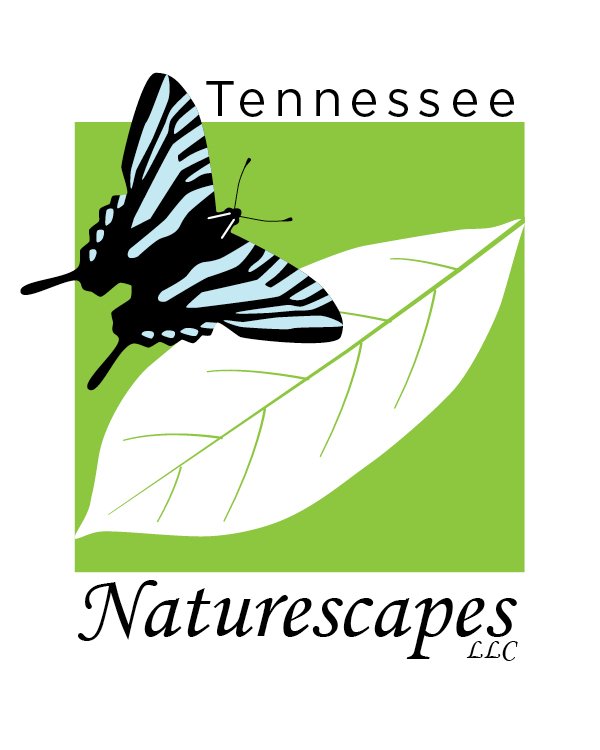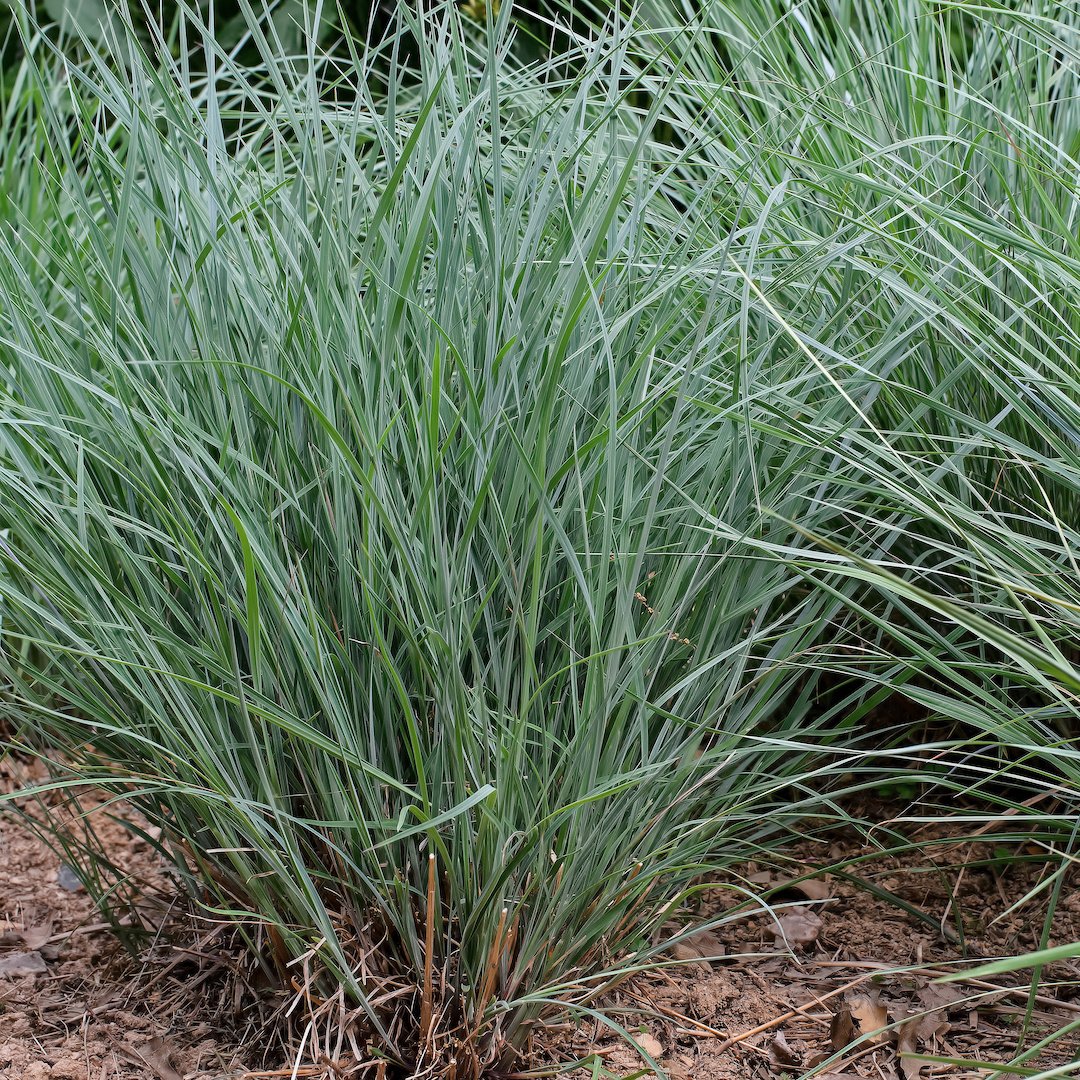 Image 1 of
Image 1 of


Physocarpus opulifolius - (Ninebark)
GARDEN SITE: Full Sun to Part Shade. Average, Dry to Medium moisture, Well-drained Soil.
SIZE: 5-8 ft. Spread 4-6 ft.
FLOWERS: White-Pink Blooms May to June
WILDLIFE: Provides food/cover to pollinators and birds
LARVAL HOST TO: Dark-Spotted Palthis, Unicorn Caterpillar
ZONE: 2-8
Effective as hedge, screen or for erosion control on banks. Drought, Erosion, Clay Soil, Dry Soil, Wet Soil, Shallow-Rocky Soil and Black Walnut Tolerant.
About: Deciduous shrub that is native to Central and Eastern North America. It’s mounding habit makes it great for hedges and erosion control. Naturally found near creeks and rivers, it is also considered drought tolerant. In Southern states, would do best with afternoon shade. Exfoliating bark gives winter interest. Yellow fall foliage.
Photo by Eric Hunt/Wikipedia commons
GARDEN SITE: Full Sun to Part Shade. Average, Dry to Medium moisture, Well-drained Soil.
SIZE: 5-8 ft. Spread 4-6 ft.
FLOWERS: White-Pink Blooms May to June
WILDLIFE: Provides food/cover to pollinators and birds
LARVAL HOST TO: Dark-Spotted Palthis, Unicorn Caterpillar
ZONE: 2-8
Effective as hedge, screen or for erosion control on banks. Drought, Erosion, Clay Soil, Dry Soil, Wet Soil, Shallow-Rocky Soil and Black Walnut Tolerant.
About: Deciduous shrub that is native to Central and Eastern North America. It’s mounding habit makes it great for hedges and erosion control. Naturally found near creeks and rivers, it is also considered drought tolerant. In Southern states, would do best with afternoon shade. Exfoliating bark gives winter interest. Yellow fall foliage.
Photo by Eric Hunt/Wikipedia commons
GARDEN SITE: Full Sun to Part Shade. Average, Dry to Medium moisture, Well-drained Soil.
SIZE: 5-8 ft. Spread 4-6 ft.
FLOWERS: White-Pink Blooms May to June
WILDLIFE: Provides food/cover to pollinators and birds
LARVAL HOST TO: Dark-Spotted Palthis, Unicorn Caterpillar
ZONE: 2-8
Effective as hedge, screen or for erosion control on banks. Drought, Erosion, Clay Soil, Dry Soil, Wet Soil, Shallow-Rocky Soil and Black Walnut Tolerant.
About: Deciduous shrub that is native to Central and Eastern North America. It’s mounding habit makes it great for hedges and erosion control. Naturally found near creeks and rivers, it is also considered drought tolerant. In Southern states, would do best with afternoon shade. Exfoliating bark gives winter interest. Yellow fall foliage.
Photo by Eric Hunt/Wikipedia commons
YOU MIGHT ALSO LIKE

















